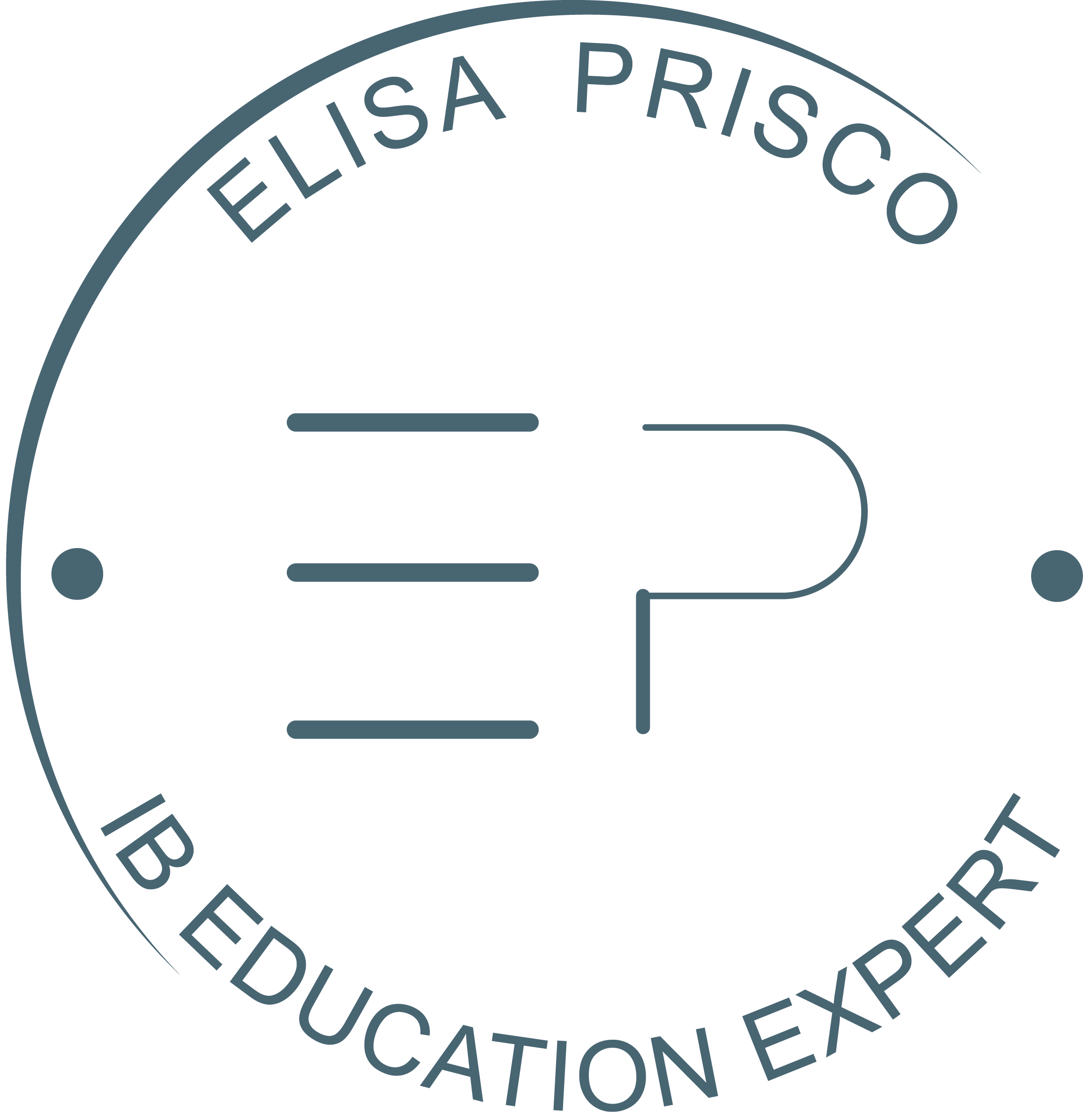In principle, there is a terminological and conceptual distinction between Language Acquisition, and Language Learning (Krashen, 1981). The former, very often coded as L1 or First Language, is assimilated through a subconscious process, when infants are exposed to natural and meaningful communication, without explicit focus on grammar rules. In contrast, the latter, typically associated with L2 or Second Language, is driven by an explicit conscious process that involves studying grammar rules and language structures in a formal setting.
In international school contexts where the language of instruction is else than the native one – for example, English in Italy-based institutions – Second Language Learning (SLL) is intended for any language learned later than in earliest childhood (under age 4) and at any level, the language of instruction included. However, although acknowledging this distinction, the approach to the new language of instruction is through its acquisition by intensively exposing young children to a full-immersion language environment, recreating the same dynamics infants experience at home concerning their first language/s.
To support teachers and inform school language policies, this chart is inspired by Lyster and Ranta’s (1997) analysis of feedback techniques in French immersion classrooms. These strategies are essential tools for guiding language development while respecting the principles of both acquisition and learning.
References
- Krashen, S. D. (1981). Second language acquisition and second language learning. Pergamon Press.
- McLaughlin, B. (1987). Second-language acquisition in childhood. Ablex Publishing.
- Mitchell, R., Myles, F., & Marsden, E. (2019). Second language learning theories (4th ed.). Routledge.
Photo credits: www.123rf.com_63131240
